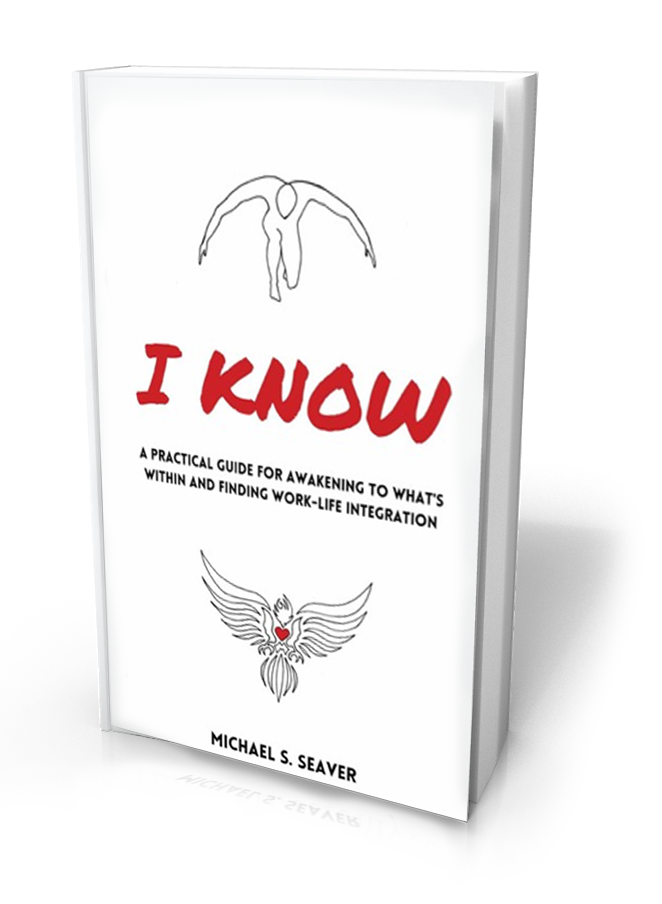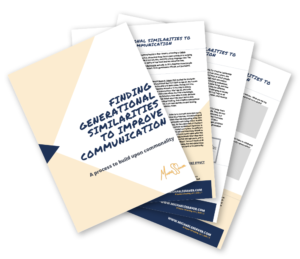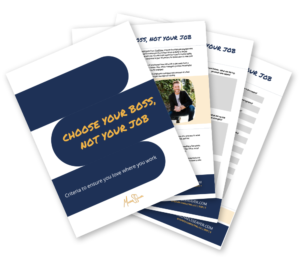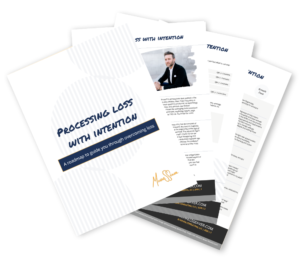Your Career Success Stories
April 21, 2012
It is good practice to reflect on your past experiences to see how you can best use them to sell your skills to a potential employer. I cringe when I see resumes that list job responsibilities from the company’s job description, but don’t take the time to detail how the person truly impacted the organization in a positive way. I love reviewing resumes and cover letters that tell stories about how the person accomplished goals and drove quantifiable results to the organization’s triple bottom line.
When you are developing accomplishment statements, use the acronym O.A.R. (opportunity, action, result) to help share your successes.
Opportunity
What was the opportunity/challenge/problem presented to you? What was the situation or context? Did you use specific tactics to assess the situation?
Example: Through system wide change in the healthcare industry, many positions (i.e. health unit coordinators, medical transcriptionists) were no longer needed due to the implementation of electronic medical records. In an effort to offer the employees whose positions were being eliminated ongoing employment in other roles, I was asked to enroll them in a transition program and prepare them for their next jobs in or out of the employer.
Action
What specific actions did you take to help bring resolution to the opportunity/challenge/problem?
Example: To assist the affected employees, I conducted orientations to the program and trainings on how to write effective resumes and cover letters. I also provided individual coaching, conducted mock interviews, and connected the new program participants to recruiters who could connect them with hiring managers.
Result
What was the outcome of the action you took? Can you quantify the impact of your effort? Providing a sense of the scale of your work and the resulting impact truly helps to show how you may be able to impact a future employer.
Example: Through excellent individual service, I was able to double the number of placements inside the employer from 10 to 20 over a rolling six-month period. By placing the individuals faster, I was able to save the organization $100,000 in expected total rewards payouts.
Combined, the success story could look like this on your resume:
- Managed the transition program, conducted orientations, trainings and individual coaching, resulting in doubling the number of employee placements from 10 to 20 and saving the organization over $100,000 in the first six months of 2010
This is a pretty basic example. I encourage you to use this outline to come up with three to seven accomplishments for each of your previous employers. Not all of them have to be used on your resume, but it never hurts to have great examples ready to be used in your cover letters and in your 30-second commercial.
“The person who goes the farthest is generally the one who is willing to do and dare. The sure-thing boat never gets far from the shore.” - Dale Carnegie
Fear mediocrity. Jump off the sure-thing boat and dare to be uncommon.
Share This!
Subscribe to newsletter
Keep up to date on the latest.






Connect with me